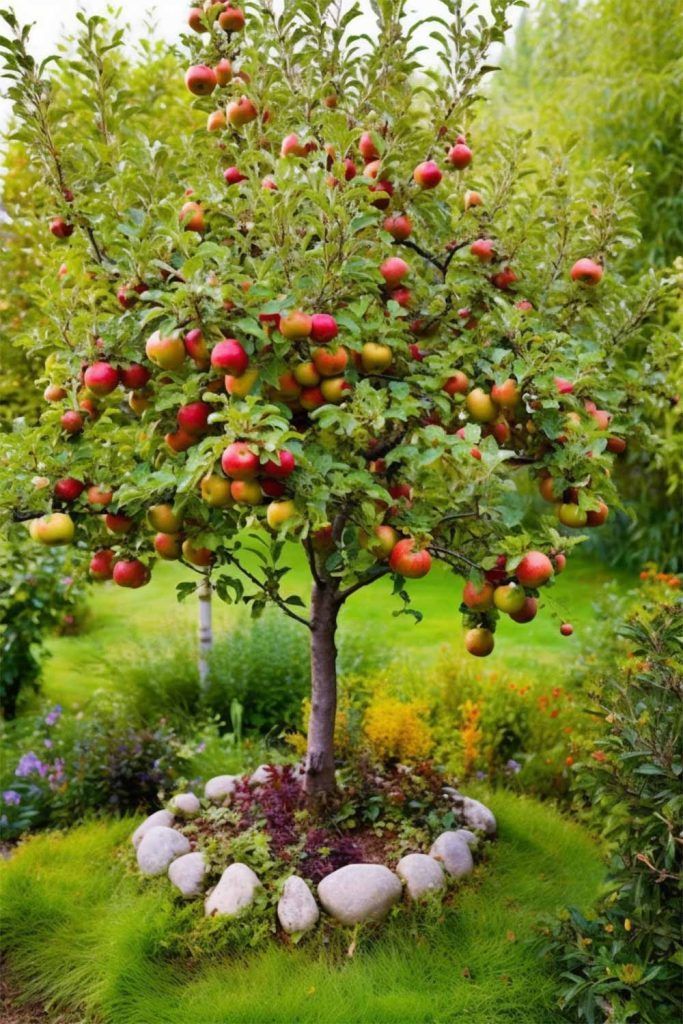
Designing a vegetable garden is an exciting and rewarding project for any gardening enthusiast. When planning a vegetable garden, it is important to consider several factors such as the size of the area, the types of vegetables you want to grow, and the layout of the garden. Start by choosing a sunny spot with good soil drainage and access to water. The next step is to create a detailed plan for the garden layout, taking into account the spacing and planting needs of each vegetable crop. Raised beds are a popular option for vegetable gardens, as they provide good drainage and help to control weeds. Consider incorporating vertical gardening techniques such as trellises and stakes for vining plants like tomatoes and cucumbers. Finally, add pathways, seating areas, and decorative elements to enhance the visual appeal of the garden. With careful planning and attention to detail, a well-designed vegetable garden can provide a bountiful harvest of fresh, nutritious produce for you and your family to enjoy.
When it comes to designing a vegetable garden, careful planning is key to ensuring a successful harvest. The layout of the garden should be well thought out to maximize space and sunlight exposure. One way to achieve this is by utilizing raised garden beds, which not only provide better drainage and soil aeration but also make it easier to reach and tend to your plants. Raised beds can be constructed using a variety of materials, such as wood, stone, or recycled plastic, and can be customized to fit the dimensions of your garden space.
Incorporating companion planting techniques can also enhance the productivity and health of your vegetable garden. By planting complementary crops together, you can help deter pests, attract beneficial insects, and improve soil fertility. For example, planting marigolds alongside tomatoes can help repel nematodes, while growing basil near tomatoes can enhance their flavor. Additionally, rotating your crops each season can help prevent soil depletion and reduce the risk of disease buildup. Planning out your planting schedule in advance can help ensure a diverse and thriving garden throughout the year.
Another important aspect of vegetable garden design is incorporating efficient irrigation systems. Drip irrigation, soaker hoses, or watering wands are all effective methods for delivering water directly to the roots of your plants while minimizing evaporation and runoff. Installing a rain barrel or collecting greywater can also help reduce water waste and lower your overall water usage. By strategically placing your watering sources and monitoring soil moisture levels, you can ensure that your plants are receiving the right amount of water at the right time. By implementing these design strategies and techniques, you can create a bountiful and beautiful vegetable garden that is both productive and sustainable.
 Garden Ideas
Garden Ideas









